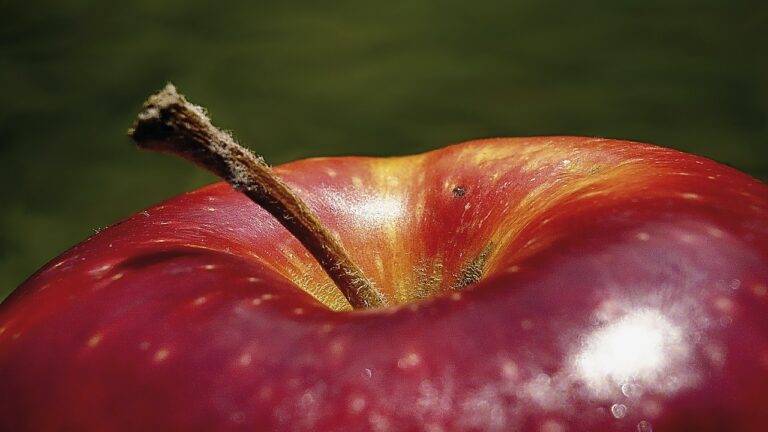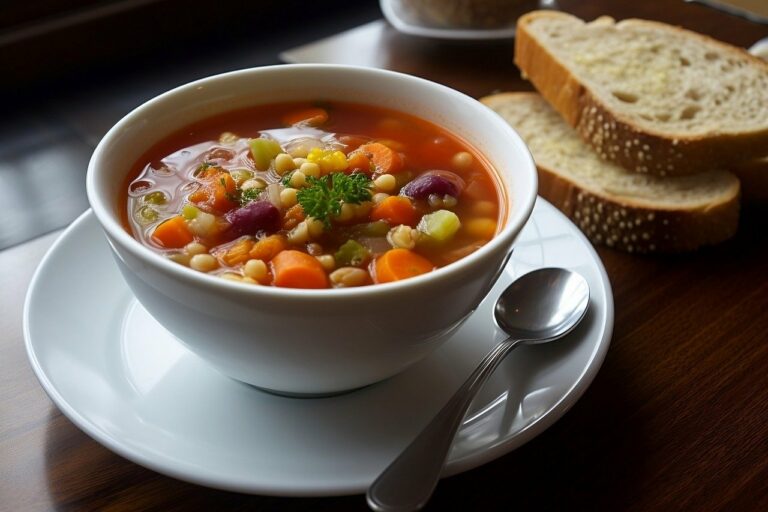Analyzing Food Trends: From Keto to Paleo Diets: Allpannel, Laserbook247 com, 247betbook
allpannel, laserbook247 com, 247betbook: Analyzing Food Trends: From Keto to Paleo Diets
In today’s fast-paced world, keeping up with the latest food trends can be a challenge. With so many different diets and nutrition plans to choose from, it’s easy to get overwhelmed. Two popular diets that have been making waves in recent years are the Keto diet and the Paleo diet. Both diets have their unique principles and guidelines, but they share a common goal of promoting health and wellness through proper nutrition.
What is the Keto Diet?
The Keto diet, short for ketogenic diet, is a high-fat, low-carbohydrate diet that has gained popularity for its potential weight loss benefits. The basic idea behind the Keto diet is to force the body into a state of ketosis, where it burns fat for energy instead of carbohydrates. By significantly reducing carbohydrate intake and increasing fat consumption, followers of the Keto diet aim to reach and maintain ketosis.
Foods that are typically consumed on the Keto diet include meat, fish, eggs, dairy products, nuts, seeds, and low-carb vegetables. Foods that are high in carbohydrates, such as bread, pasta, sugar, and starchy vegetables, are restricted or eliminated altogether.
Benefits of the Keto Diet
Many people have reported weight loss, improved energy levels, and better mental clarity while following the Keto diet. Some studies have also shown that the Keto diet may have potential therapeutic benefits for conditions such as epilepsy, type 2 diabetes, and Alzheimer’s disease.
Drawbacks of the Keto Diet
While the Keto diet can be effective for weight loss and certain health conditions, it may not be suitable for everyone. Some people may experience side effects such as fatigue, headaches, and digestive issues when first starting the Keto diet. Additionally, the long-term effects of following a high-fat, low-carb diet are still being studied.
What is the Paleo Diet?
The Paleo diet, short for Paleolithic diet, is based on the premise that our bodies are best adapted to the diet of our ancestors from the Paleolithic era. Followers of the Paleo diet aim to eat foods that were available to hunter-gatherers, such as meat, fish, fruits, vegetables, nuts, and seeds. Processed foods, grains, dairy products, and legumes are typically avoided on the Paleo diet.
Benefits of the Paleo Diet
Proponents of the Paleo diet claim that it can lead to weight loss, improved digestion, and reduced inflammation in the body. By focusing on whole, nutrient-dense foods, the Paleo diet promotes a more natural and balanced approach to eating.
Drawbacks of the Paleo Diet
One potential drawback of the Paleo diet is that it can be restrictive and may require careful planning to ensure all essential nutrients are consumed. Some people may also find it challenging to eliminate certain food groups, such as grains and dairy, from their diet.
Analyzing Food Trends
As we analyze these food trends, it’s essential to consider that there is no one-size-fits-all approach to nutrition. What works for one person may not work for another, and individual needs and preferences should always be taken into account when choosing a diet plan.
Both the Keto diet and the Paleo diet have their strengths and weaknesses, and it’s important to assess your own health goals and dietary requirements before committing to either plan. Consulting with a healthcare professional or nutritionist can help you determine the best course of action for your specific needs.
In conclusion, food trends come and go, but it’s important to remember that the key to a healthy diet is balance and moderation. Whether you choose to follow the Keto diet, the Paleo diet, or another nutrition plan altogether, listening to your body and making informed choices are key to achieving optimal health and wellness.
—
FAQs
Q: Is the Keto diet safe for everyone to follow?
A: The Keto diet may not be suitable for everyone, especially those with underlying health conditions or individuals who are pregnant or breastfeeding. It’s always best to consult with a healthcare professional before starting any new diet plan.
Q: Can I lose weight on the Paleo diet?
A: Many people have reported weight loss success on the Paleo diet due to its focus on whole, nutrient-dense foods. However, individual results may vary, and it’s essential to combine the diet with regular exercise and a healthy lifestyle for optimal results.
Q: How can I transition to a new diet plan like Keto or Paleo?
A: Transitioning to a new diet plan can be challenging, but taking small steps and gradually introducing new foods into your routine can help make the process easier. Planning ahead, meal prepping, and seeking support from a nutritionist or dietitian can also be beneficial during the transition period.







